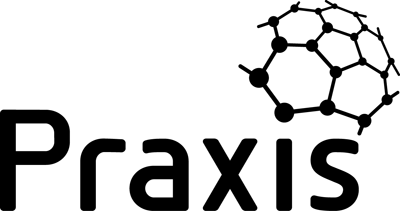A benefit profile is used to define both benefits and dis-benefits. It is typically developed during the definition process of a project or programme following requirements management. The profile includes sections that describe the benefit or dis-benefit and how it will be realised and measured.
Templates:
- Identifier
-
Each benefit or dis-benefit should have a unique identifier. This is primarily used for cross-referencing in reports and supporting documentation.
- Description
-
A description of the benefit, or dis-benefit, and how it will be observed.
- Assumptions
-
Any assumptions made in estimates of cost or value, design of change required or availability of resources.
- Dependencies
-
Benefits usually depend upon outputs and therefore the projects that produce them. A benefit may depend upon multiple outputs or even products and events external to the current project or programme. All such dependencies should be documented here.
- Business area
-
The business area affected by benefit or dis-benefit should be identified along with a description of the following:
- outcomes necessary to enable benefits realisation;
- change that will be need to be implemented to achieve the necessary outcome;
- performance indicators associated with the benefit (before and after values);
-
impact and mitigation actions for a dis-benefit.
- Costs
-
All costs associated with the benefit should be described with care taken to avoid double counting in complex circumstances.
Ideally it should be possible to perform a value for money calculation for a benefit, but complex dependencies (i.e. many-to-many relationships between outputs and benefits) may render this impractical. If necessary this section may simply provide links to specialised financial analysis documentation.
Since dis-benefits are unavoidable negative consequences of change, they will not have costs associated with achieving them, although there may be costs associated with mitigating the effects of the dis-benefit.
- Value
-
If at all possible a benefit should be valued in financial terms to facilitate a value for money calculation but this is not always possible, leading to a subjective assessment of the benefit’s viability.
This calculation will be subject to the same complexity as the cost calculations resulting in this section containing links to specialised financial analysis documentation.
Any ‘value’ associated with a dis-benefit is effectively a cost that should be accounted for in the business case.
- Cross references
-
It is dangerous to consider any document in isolation as all aspects of a project, programme and portfolio are interrelated. Cross references could mark the link between a benefit or dis-benefit and, for example, any risk events that may affect it. Relevant parts of a blueprint or benefit realisation plan may also be referenced.
- Resources
-
Ownership will typically fall to the business change manager for the business area affected by the corresponding change. This section should describe the resources needed to implement the change and realise the benefit.
- Supporting documentation
-
Links to any supporting information should be listed in the profile. This could include information used in arriving at estimated cost and value, plans and records of staff consultations regarding implementing the change or any other relevant information.





